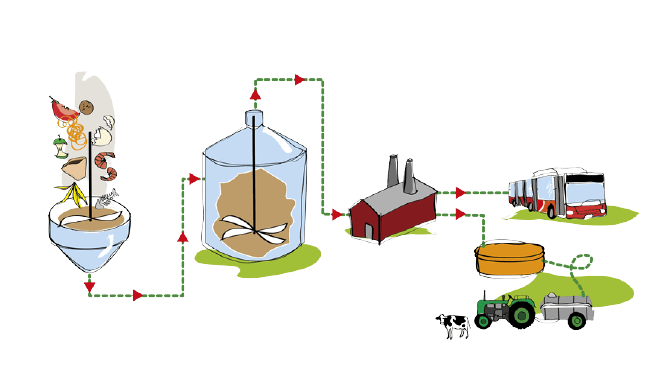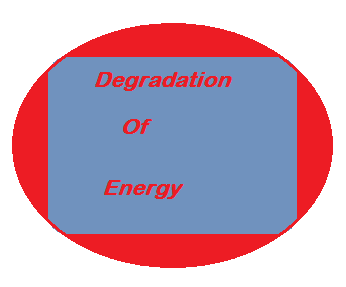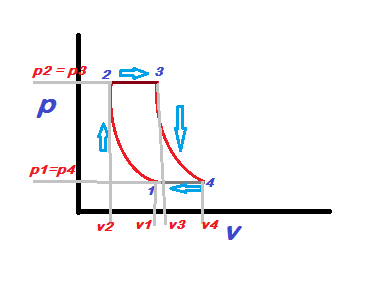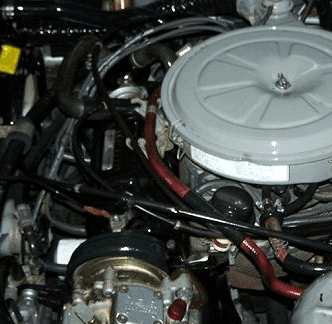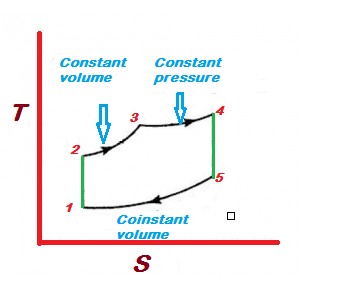Water-Cooled Condensers: Definition, Types, Working, Applications, Advantages
What is Water-Cooled Condensers? Water-cooled condensers are heat exchangers used in various industries to transfer heat from a system or process to water. These condensers are commonly employed in refrigeration, air conditioning, power plants, and other applications where it is necessary to remove heat efficiently. In the context of refrigeration and air conditioning systems, water-cooled …
Water-Cooled Condensers: Definition, Types, Working, Applications, Advantages Read More »
